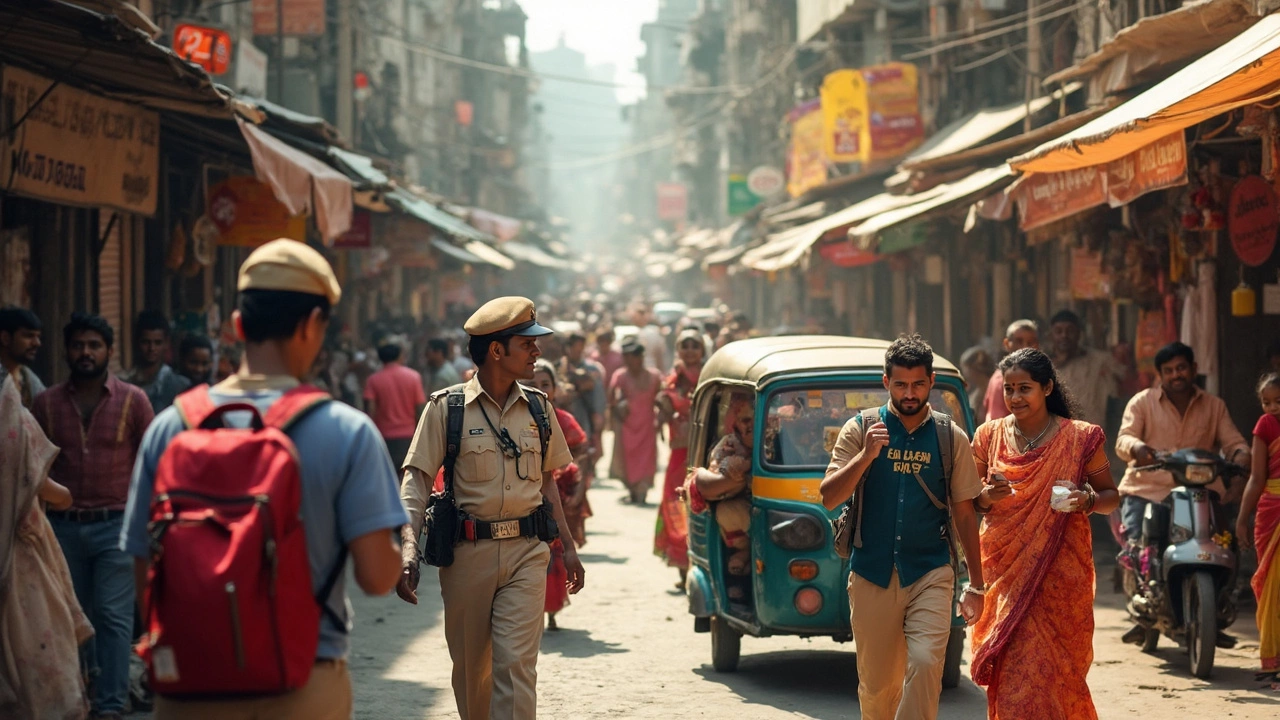
Curious about safety in India for visitors? Find out what to expect, how to stay safe, practical tips and local realities for tourists in India.
When planning a trip, understanding Travel Risks in India, the range of health, safety, and environmental challenges that travelers may encounter while visiting India. Also known as India travel risks, it shapes every decision from packing to itinerary. One of the most common concerns is Malaria Prevention, measures such as prophylactic medication, mosquito nets, and repellents that reduce the chance of disease in high‑risk zones. It’s often paired with advice on Weather Hazards, seasonal extremes like monsoon flooding, extreme heat, and cyclonic storms that can disrupt travel plans and affect health. Both of these areas feed into the broader framework of Regional Safety Scores, data‑driven ratings that compare states and cities on crime rates, health infrastructure, and emergency response capabilities. By linking these elements, you get a clear picture of where extra precautions are needed and which destinations are relatively low‑risk.
Health‑related travel risks in India often center around vector‑borne diseases. While malaria is confined to specific states like Odisha, Jharkhand, and parts of the Northeast, dengue and chikungunya appear across urban and rural areas during the rainy season. The best approach is a combination of preventive medication (if recommended by a doctor), using DEET‑based repellents, and sleeping under insect‑proof nets. Alongside this, staying hydrated and wearing breathable clothing helps combat heat‑related illnesses, especially in regions such as Rajasthan or the Thar Desert where daytime temperatures can soar above 45 °C. Understanding the local climate—whether you’re trekking in the Himalayas during monsoon‑induced landslides or heading to coastal Goa during cyclone season—lets you pack appropriate gear and adjust travel dates.
Safety isn’t just about health; crime and civil unrest can vary dramatically. Metropolitan hubs like Delhi and Mumbai score lower on safety indices due to higher pick‑pocketing incidents, whereas smaller towns in Kerala or Himachal Pradesh often report fewer violent crimes. Checking the latest regional safety scores before you book helps you choose accommodations in neighborhoods with strong police presence and reliable emergency services. If you’re venturing into less‑touristed areas, a local guide can provide real‑time updates on road conditions, weather alerts, and any curfews or travel restrictions. Armed with these insights, you can navigate India’s diverse landscape confidently, knowing you’ve covered the major risk factors.
Below, you’ll find a curated collection of articles that dig deeper into each of these topics—whether you need a detailed guide on malaria pills for India, advice on traveling safely during the monsoon, or a breakdown of safety scores by state. Use these resources to fine‑tune your preparation, avoid common pitfalls, and make the most of your Indian adventure.

Curious about safety in India for visitors? Find out what to expect, how to stay safe, practical tips and local realities for tourists in India.